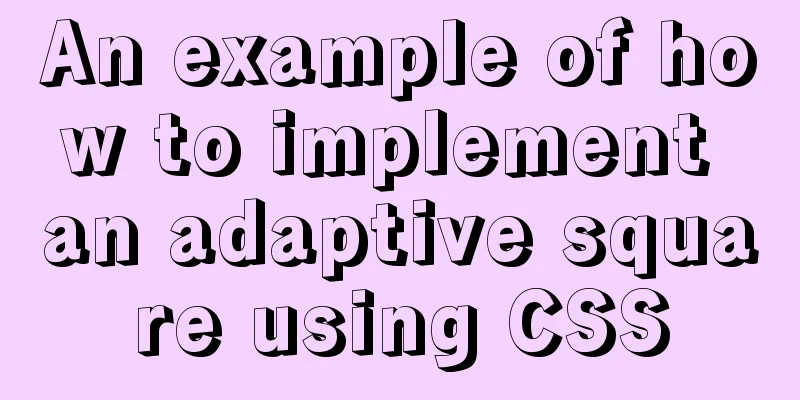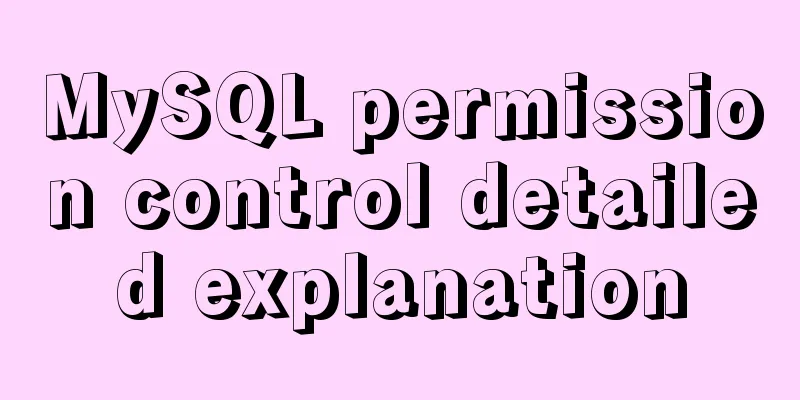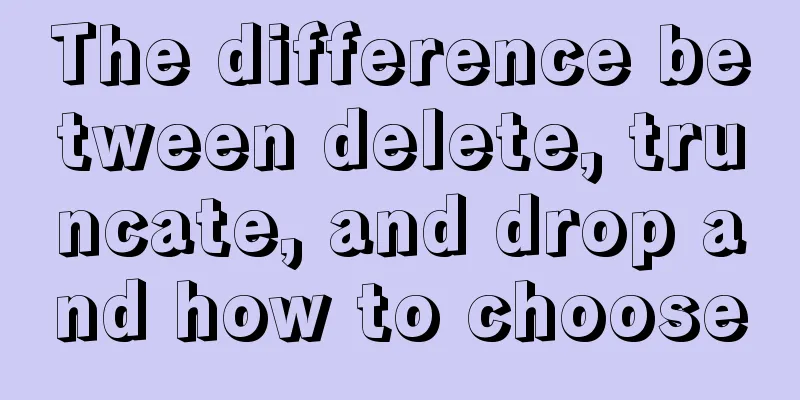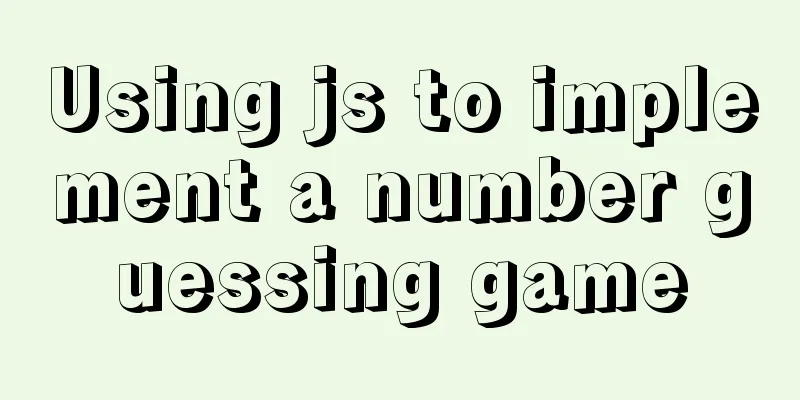How to implement on-demand import and global import in element-plus
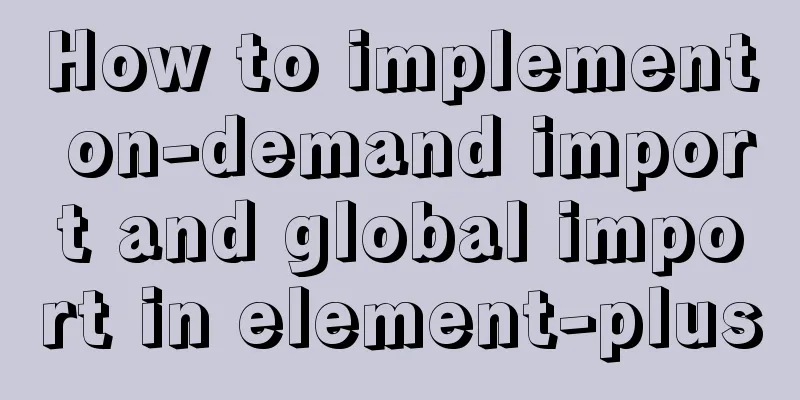
Import on demand:Install the plugin First, you need to introduce additional plug-ins: the former ** npm install unplugin-vue-components Configuring the plugin Add configuration in the weapack or vite configuration file
// vite.config.ts
import Components from 'unplugin-vue-components/vite'
import { ElementPlusResolver } from 'unplugin-vue-components/resolvers'
export default {
plugins: [
// ...
Components({
resolvers: [ElementPlusResolver()],
}),
],
}
// webpack.config.js
const Components = require('unplugin-vue-components/webpack')
const { ElementPlusResolver } = require('unplugin-vue-components/resolvers')
module.exports = {
// ...
plugins: [
Components({
resolvers: [ElementPlusResolver()],
}),
],
}
//main.ts
import { createApp } from 'vue'
import App from './App.vue'
import { Edit,Search } from '@element-plus/icons' //Icons need to be imported separately, import icons on demand import { ElButton } from 'element-plus'; //Import on demand
const app = createApp(App);
//Register component app.component("edit", Edit)
app.component("search", Search)
app.component('ElButton',ElButton)
app.mount('#app');
<template>
<h2>Home Page</h2>
<el-button type="primary" >Primary button</el-button>
<el-button type="success" >Success button</el-button>
<el-icon :size="20" :color="'blue'">
<edit />
</el-icon>
<el-icon :size="20">
<search></search>
</el-icon>
</template>
<script setup lang="ts">
</script>Global ImportRecommended Additions
// tsconfig.json
{
"compilerOptions": {
// ...
"types": ["element-plus/global"]
}
}
Install npm install element-plus --save # or yarn add element-plus # Install icon icon dependency library npm install @element-plus/icons # or yarn add @element-plus/icons Global configuration in main.ts file
import { createApp } from 'vue'
import App from './App.vue'
import { store, key } from './store';
//Inject routingimport router from './router';
// Globally import the UI library import ElementPlus from 'element-plus'
import 'element-plus/dist/index.css'
const app = createApp(App);
app.use(store, key);
app.use(router);
app.use(ElementPlus);
app.mount('#app');Using UI components Use icons, because icons and ordinary UI components are not in the same package, they need to be imported separately
//Use <template> directly after importing specific components
<el-icon :size="20" :color="'blue'">
<edit />
</el-icon>
</template>
<script setup lang="ts">
import { Edit } from '@element-plus/icons'
</script>Impott the icon library in the main.ts file and register it with app.component(), then you can use it directly in the component, just like using a normal UI library.
<template>
<h2>Home Page</h2>
<el-button type="primary" >Primary button</el-button>
<el-button type="success" >Success button</el-button>
<el-icon :size="20" :color="'blue'">
<edit />
</el-icon>
<el-icon :size="20">
<search></search>
</el-icon>
</template>
<script setup lang="ts">
</script>This is the end of this article about how to implement on-demand import and global import in element-plus. For more relevant content about element-plus on-demand import and global import, please search for previous articles on 123WORDPRESS.COM or continue to browse the following related articles. I hope you will support 123WORDPRESS.COM in the future! You may also be interested in:
|
<<: Recommended 20 best free English handwriting fonts
>>: How to use MyCat to implement MySQL master-slave read-write separation in Linux
Recommend
Detailed explanation of HTML page header code example
Knowledge point 1: Set the base URL of the web pa...
Detailed steps to install docker in 5 minutes
Installing Docker on CentOS requires the operatin...
Detailed explanation of the top ten commonly used string functions in MySQL
Hello everyone! I am Mr. Tony who only talks abou...
Vue Element front-end application development table list display
1. List query interface effect Before introducing...
A brief analysis of event bubbling and event capture in js
Table of contents 01-Event Bubbling 1.1- Introduc...
Detailed explanation of js closure and garbage collection mechanism examples
Table of contents Preface text 1. Closure 1.1 Wha...
Detailed process of installing various software in Docker under Windows
1. Install MySQL # Download mysql in docker docke...
Detailed explanation of MySQL string concatenation function GROUP_CONCAT
In the previous article, I wrote a cross-table up...
The difference between redundant and duplicate indexes in MySQL
MySQL allows you to create multiple indexes on a ...
About React Native unable to link to the simulator
React Native can develop iOS and Android native a...
Detailed steps for building a React application with a Rails API
Table of contents Backend: Rails API part Front-e...
The MySql 8.0.16 version installation prompts that "UTF8B4" is used instead of "UTF8B3"
When installing in MySQL 8.0.16, some errors may ...
Write a formal blog using XHTML CSS
The full name of Blog should be Web log, which mea...
JS uses clip-path to implement dynamic area clipping function
background Today, I was browsing CodePen and saw ...
MySQL transaction control flow and ACID characteristics
Table of contents 1. ACID Characteristics Transac...


